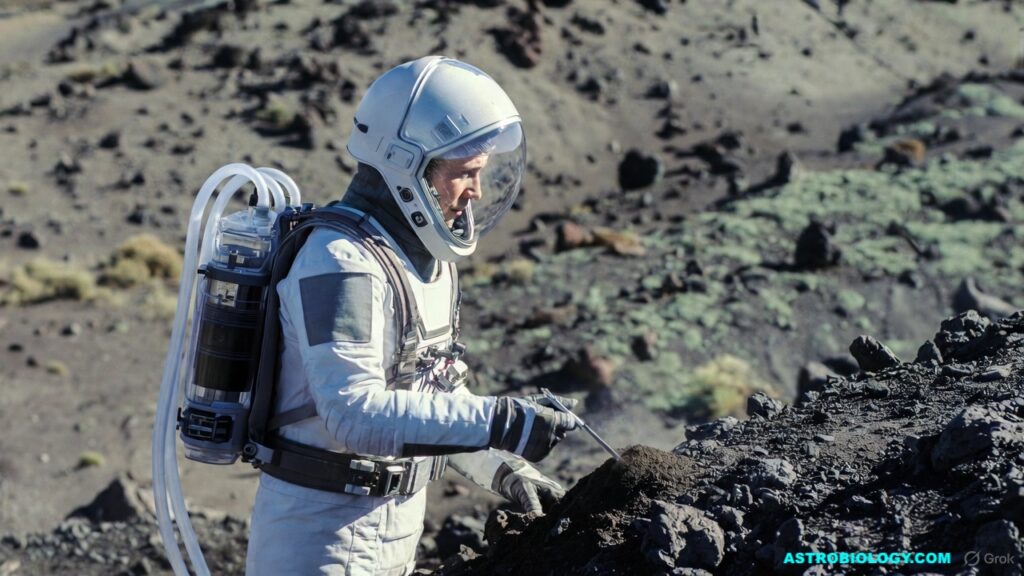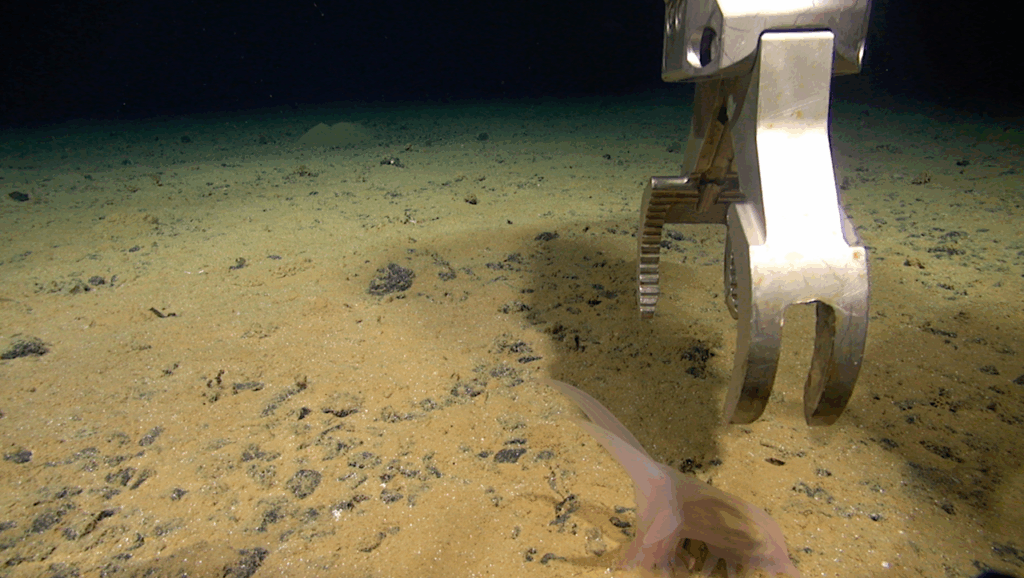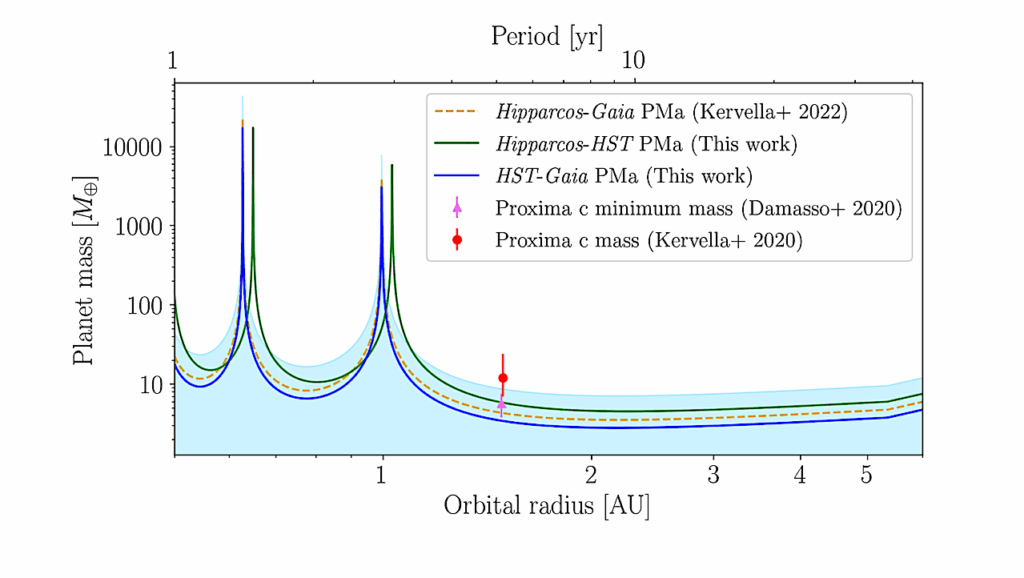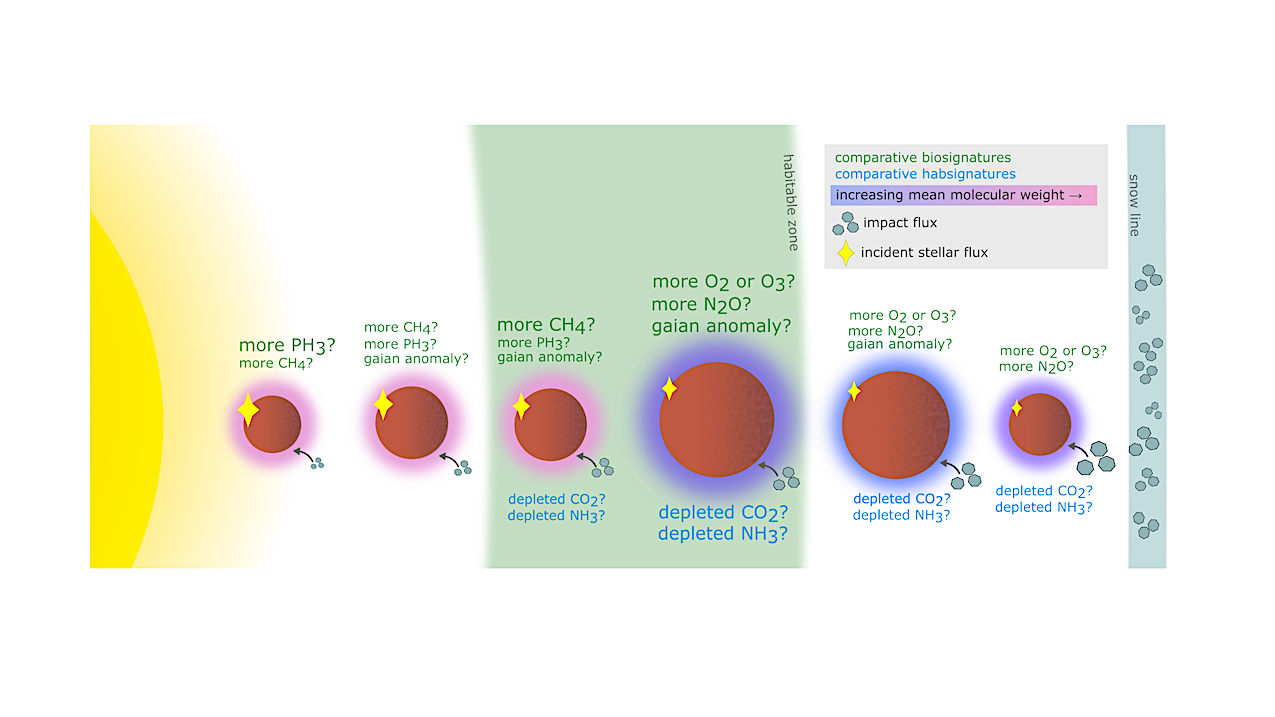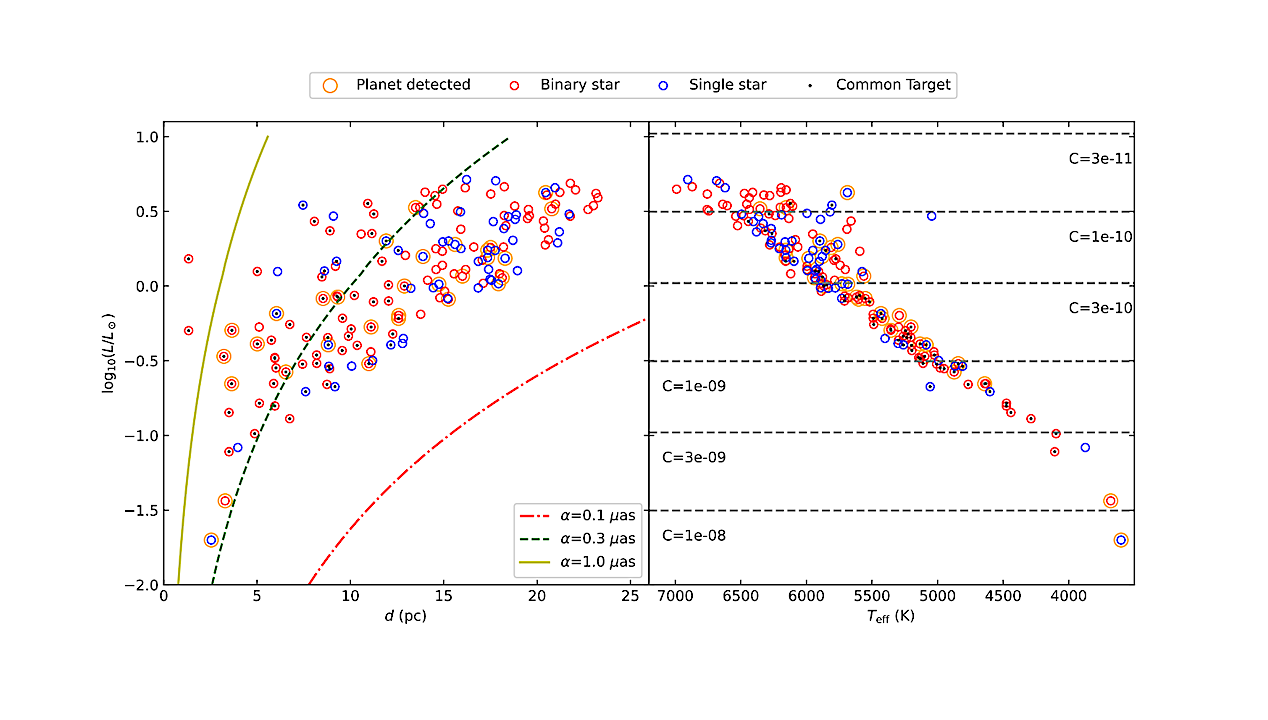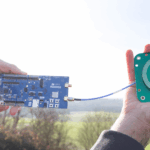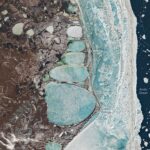Now Reading: Gaia Search For Stellar Companions Of TESS Objects Of Interest V
-
01
Gaia Search For Stellar Companions Of TESS Objects Of Interest V
Gaia Search For Stellar Companions Of TESS Objects Of Interest V
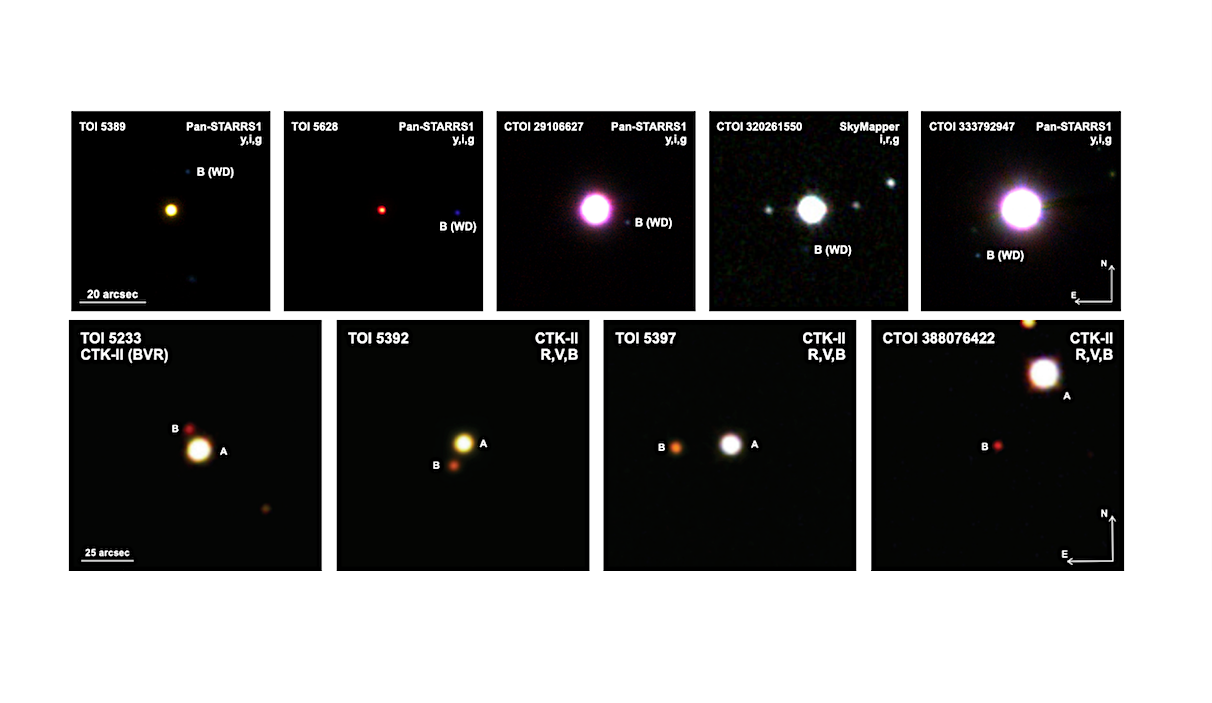

[TOP] (RGB)-color images of TOI 5389, TOI 5628, CTOI 29106627, and CTOI 333792947 with their white dwarf companions composed of y-, i- and g-band Pan-STARRS images. The image of CTOI 320261550 and its white dwarf companion is made of i-, r-, and g-band images taken in the SkyMapper Southern Sky Survey. [BOTTOM] (RGB)-color images of the binary systems TOI 5233 AB, TOI 5392 AB, TOI 5397 AB, and CTOI 388076422 BA, composed of R-, V-, and B-band images, taken with the CTK-II at the University Observatory Jena. — astro-ph.SR
In this paper we present the latest results of our ongoing multiplicity survey of (Community) TESS Objects of Interest, using astrometry and photometry from the latest data release of the ESA Gaia mission to detect stellar companions of these stars and to characterize their properties.
A total of 92 binary and two hierarchical triple star systems are identified among the 745 target stars whose multiplicity is explored in this study, all at distances of less than 500pc around the Sun.
As expected for components of gravitationally bound star systems, the targets and the detected companions are at the same distance and share a common proper motion, as shown by their accurate Gaia astrometry. The companions have masses of about 0.12 to 1.6M⊙. and are most frequently found in the mass range up to 0.6M⊙.
The companions have projected separations from the targets between about 110 and 9600au. Their frequency is highest and constant from about 300 to 800au, decreasing at larger projected separations.
In addition to main sequence stars, five white dwarf companions are detected in this study, whose true nature is unveiled by their photometric properties.
M. Mugrauer, A.-K. Kollak, L. Pietsch, K.-U. Michel
Comments: 21 pages, 10 figures, 5 tables, accepted for publication in AN
Subjects: Solar and Stellar Astrophysics (astro-ph.SR); Earth and Planetary Astrophysics (astro-ph.EP); Astrophysics of Galaxies (astro-ph.GA)
Cite as: arXiv:2505.01470 [astro-ph.SR] (or arXiv:2505.01470v1 [astro-ph.SR] for this version)
https://doi.org/10.48550/arXiv.2505.01470
Focus to learn more
Submission history
From: Markus Mugrauer
[v1] Fri, 2 May 2025 10:16:49 UTC (566 KB)
https://arxiv.org/abs/2505.01470
Astrobiology,
Stay Informed With the Latest & Most Important News
-
 012024 in Review: Highlights from NASA in Silicon Valley
012024 in Review: Highlights from NASA in Silicon Valley -
 02Panasonic Leica Summilux DG 15mm f/1.7 ASPH review
02Panasonic Leica Summilux DG 15mm f/1.7 ASPH review -
 03From Polymerization-Enabled Folding and Assembly to Chemical Evolution: Key Processes for Emergence of Functional Polymers in the Origin of Life
03From Polymerization-Enabled Folding and Assembly to Chemical Evolution: Key Processes for Emergence of Functional Polymers in the Origin of Life -
 04How New NASA, India Earth Satellite NISAR Will See Earth
04How New NASA, India Earth Satellite NISAR Will See Earth -
 05And Thus Begins A New Year For Life On Earth
05And Thus Begins A New Year For Life On Earth -
 06Astronomy Activation Ambassadors: A New Era
06Astronomy Activation Ambassadors: A New Era -
07SpaceX launch surge helps set new global launch record in 2024













